I have a role system where the Admin can create new roles and grant Read, Write, Edit and Delete rights based on the page menu (each page menu has it's own controller) then assign that role to the user.
Users can also have multiple roles but i got that covered. The only problem I am facing is this: since Role assigning can be done dynamically from within the application i can't use the [Authorize(Roles = Role.Admin)] attribute over controller actions.
Instead i was thinking of creating [Read], [Write], [Edit] and [Delete] attributes that i would put over the actions to let me know what that action is for and then allow or deny users to call that action.
Would this be the correct approach? What would i need to have in those custom attributes and how would i allow/deny user to call them? Anyone have any similar experience?
Let's say i have Home and Admin controller and Role1 and Role2 with following rights:
Would something like the above approach works? How do I define custom access for controller actions?
I want to avoid having all the actions in the database and simplify the administration on the site.
In this way administration can be done on R/W/E/D flags on controller level instead of Role1 can all Home/Index, Home/GetRecords etc... action level.
